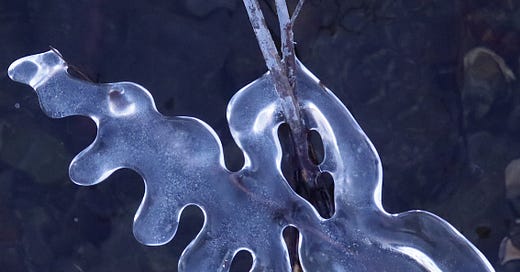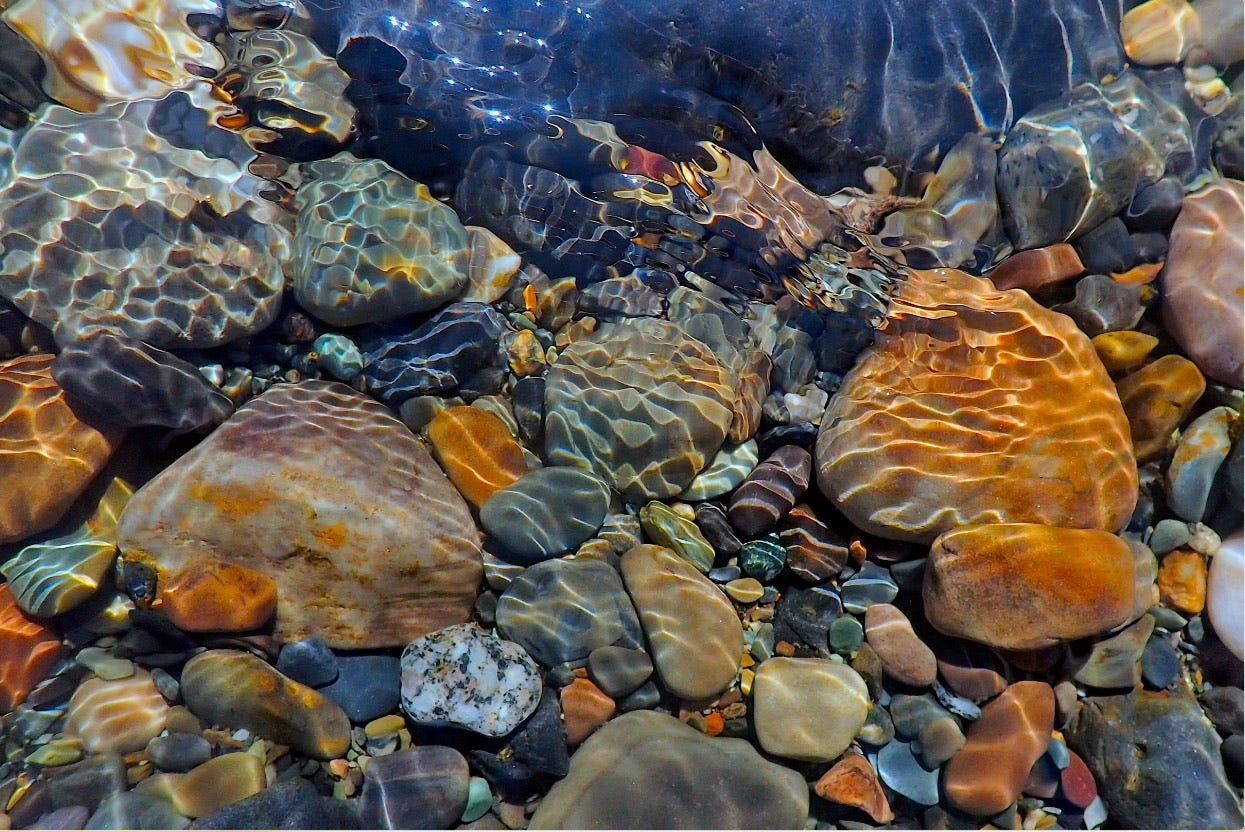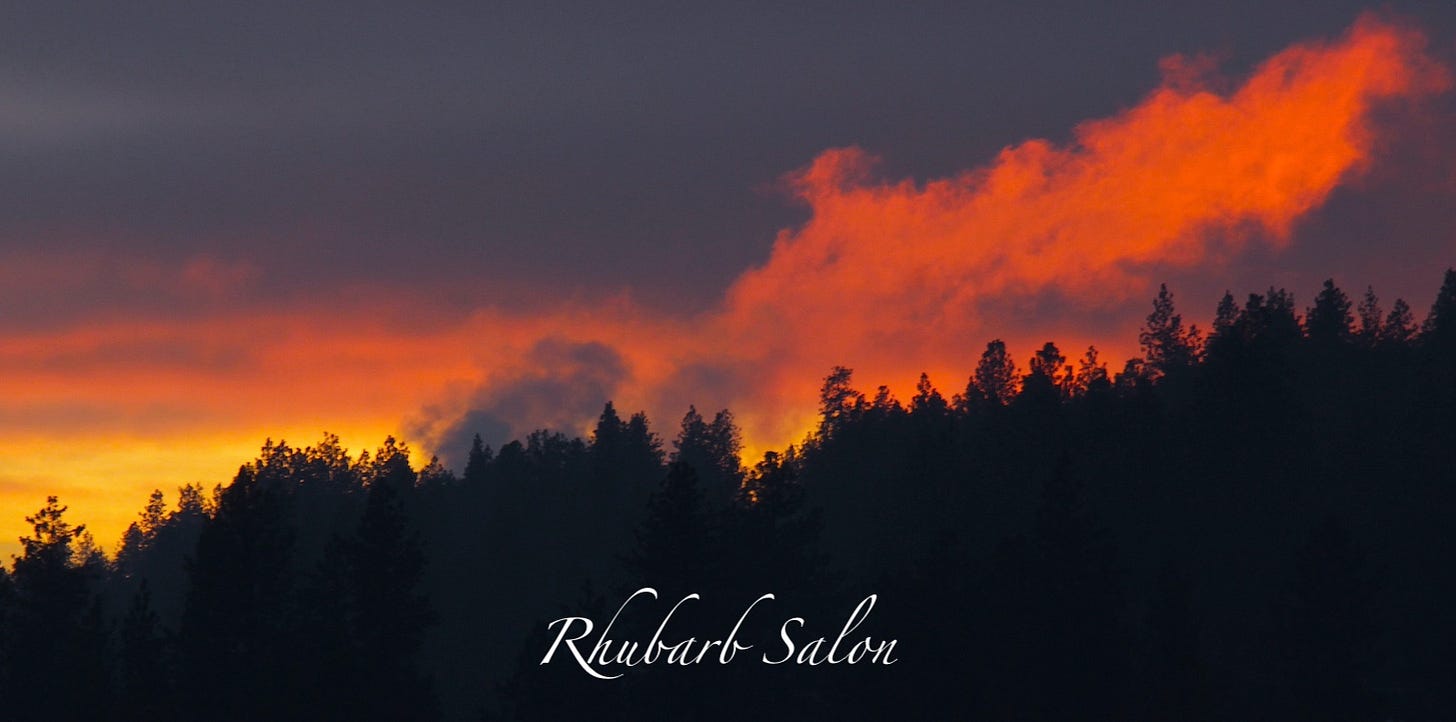In cold hands
It was -9 F when I got up this morning, in the January dark, to take my meds and get back to work. It’s now warmed up (9:14 a.m.) all the way to -7. Clear skies, a bitter cold, continental breeze blowing from the east.
I think for the same reason you don’t want to look down from a high cliff or a tightrope, I try not to get too sentimental or melancholic about the changes to my physiology as I get older. There came a point in the process of aging where my sense of humor took the lead over my self-confidence and began ushering me around by the elbow.
So it is. That said I did hike for 2.5 hours in the cold yesterday (5 degrees F) just to see what I could do after nearly two weeks of isolation with Covid. I did okay. My back was sore and my bad knee is still my bad knee, but I’m here, reasonably intact. My voice is heavy and deep but I can breathe just fine. My camera has sat unused in the corner of my office for weeks, brooding. So at least we got that cleared up. I know it’s peculiar to describe a relationship between me and a tool, but I really felt that “Bruce” (the Canon SLR that did Beautiful Wounds with me) was a partner, up to and including a dialogue between what I can see and what Bruce could see, and vice-versa. But I digress.
I’m returning to the great flood story on February 2nd, at a First Friday event at Hamilton Studio. If you don’t have a copy of Beautiful Wounds, I’ll have a batch on hand, and will be happy to sign copies for you. I’ll also have some large, metal prints from the Beautiful Wounds and Waterworks portfolios. The two projects do overlap, in that Waterworks is built around photography of Ice Age flood cobbles in the Spokane River. I’m going to give a talk, with some new video, and I’m eager to hear what I’ll have to say :)
Ice Age flood cobbles in the Spokane River
It’s a living story. The destination of yesterday’s hike was to the confluence of the River and Latah Creek. There’s lots going on there aside from homeless camps that thin out in winter. As Latah approaches the Spokane it leans into a high bank right below the cemetery at Riverside Memorial Park. The bank is being eroded both by the creek and the meteorology—the winds, rain, and frost-buckling enhanced by the freezing and direct sunshine the exposure receives as Latah makes a sharp turn to the east just before reaching the river.
The result is that the bank is a geologic tableau of that period during the late Pleistocene (~100,000 to 10,000 years ago) when Spokane was often submerged by Glacial Lake Columbia (created by the Okanogan ice lobe blocking the Columbia River) , but also overwhelmed, periodically, by the barely comprehensible outwash from Glacial Lake Missoula.
To continue reading, please become a paid subscriber to The Daily Rhubarb








